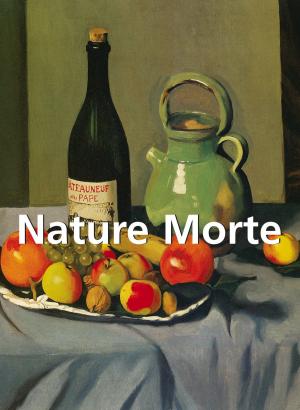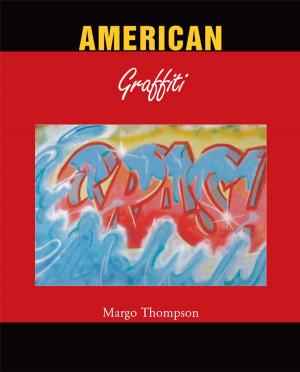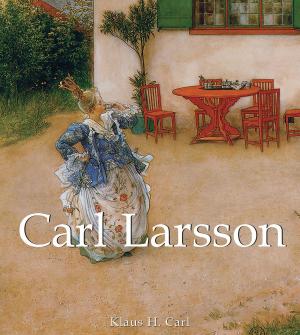Jasper Johns
Nonfiction, Home & Garden, Crafts & Hobbies, Art Technique, Painting, Art & Architecture, General Art, Individual Artist| Author: | Catherine Craft | ISBN: | 9781783107728 |
| Publisher: | Parkstone International | Publication: | September 15, 2015 |
| Imprint: | Parkstone International | Language: | English |
| Author: | Catherine Craft |
| ISBN: | 9781783107728 |
| Publisher: | Parkstone International |
| Publication: | September 15, 2015 |
| Imprint: | Parkstone International |
| Language: | English |
At a time when the dominant mode of painting, Abstract Expressionism, emphasised expressive drama through bold brushwork and largely abstract compositions, Johns’ paintings of the American flag, targets, numbers and the alphabet demonstrated a decided departure from convention. Despite being painted with obvious care, they seemed emotionally reticent, cool and quiet, far from the emotional fireworks then fashionable. “It all began… with my painting a picture of an American flag. Using this design took care of a great deal for me because I didn’t have to design it. So I went on to similar things like the targets - things the mind already knows. That gave me room to work on other levels. For instance, I’ve always thought of painting as a surface; painting it in one color made this very clear. Then I decided that looking at a painting should not require a special kind of focus like going to church. A picture ought to be looked at the same way you look at a radiator.” Unlike most artists’ statements in New York during the 1950s, Johns’ remarks contained none of the familiar talk of doubt and angst, and his selection of subject matter appeared deliberate, thoughtful, and far removed from emotional attachments and desires. To younger artists, his art seemed not so much cold and unfeeling as clear-eyed and honest after the excesses of Abstract Expressionism. Furthermore, in selecting recognisable subjects, Johns seemed to reject prevailing abstract modes of painting, yet his subjects themselves - flags, targets, numbers - each possessed a vital characteristic of classic abstraction, namely, a flatness rendering them all but indistinguishable from the picture plane itself. This book underlines how Johns’s work made the polarity between abstraction and representation that had dominated debates about modern art for decades seem suddenly obsolete, opening up other ways of thinking about art’s relation to the world. It also tries to understand why, since his first exhibition at the Leo Castelli Gallery at the age of twenty-seven, he has remained one of the major artists of the contemporary artistic scene.
At a time when the dominant mode of painting, Abstract Expressionism, emphasised expressive drama through bold brushwork and largely abstract compositions, Johns’ paintings of the American flag, targets, numbers and the alphabet demonstrated a decided departure from convention. Despite being painted with obvious care, they seemed emotionally reticent, cool and quiet, far from the emotional fireworks then fashionable. “It all began… with my painting a picture of an American flag. Using this design took care of a great deal for me because I didn’t have to design it. So I went on to similar things like the targets - things the mind already knows. That gave me room to work on other levels. For instance, I’ve always thought of painting as a surface; painting it in one color made this very clear. Then I decided that looking at a painting should not require a special kind of focus like going to church. A picture ought to be looked at the same way you look at a radiator.” Unlike most artists’ statements in New York during the 1950s, Johns’ remarks contained none of the familiar talk of doubt and angst, and his selection of subject matter appeared deliberate, thoughtful, and far removed from emotional attachments and desires. To younger artists, his art seemed not so much cold and unfeeling as clear-eyed and honest after the excesses of Abstract Expressionism. Furthermore, in selecting recognisable subjects, Johns seemed to reject prevailing abstract modes of painting, yet his subjects themselves - flags, targets, numbers - each possessed a vital characteristic of classic abstraction, namely, a flatness rendering them all but indistinguishable from the picture plane itself. This book underlines how Johns’s work made the polarity between abstraction and representation that had dominated debates about modern art for decades seem suddenly obsolete, opening up other ways of thinking about art’s relation to the world. It also tries to understand why, since his first exhibition at the Leo Castelli Gallery at the age of twenty-seven, he has remained one of the major artists of the contemporary artistic scene.















